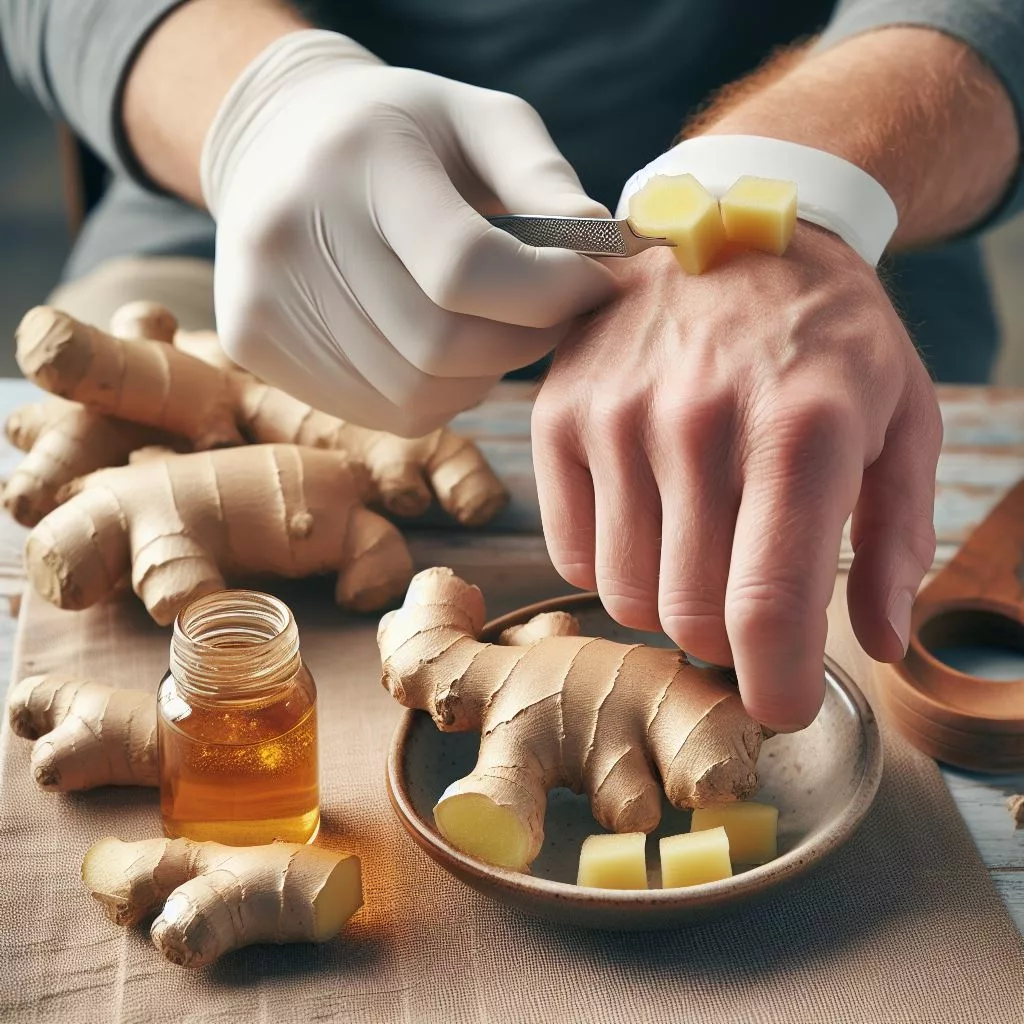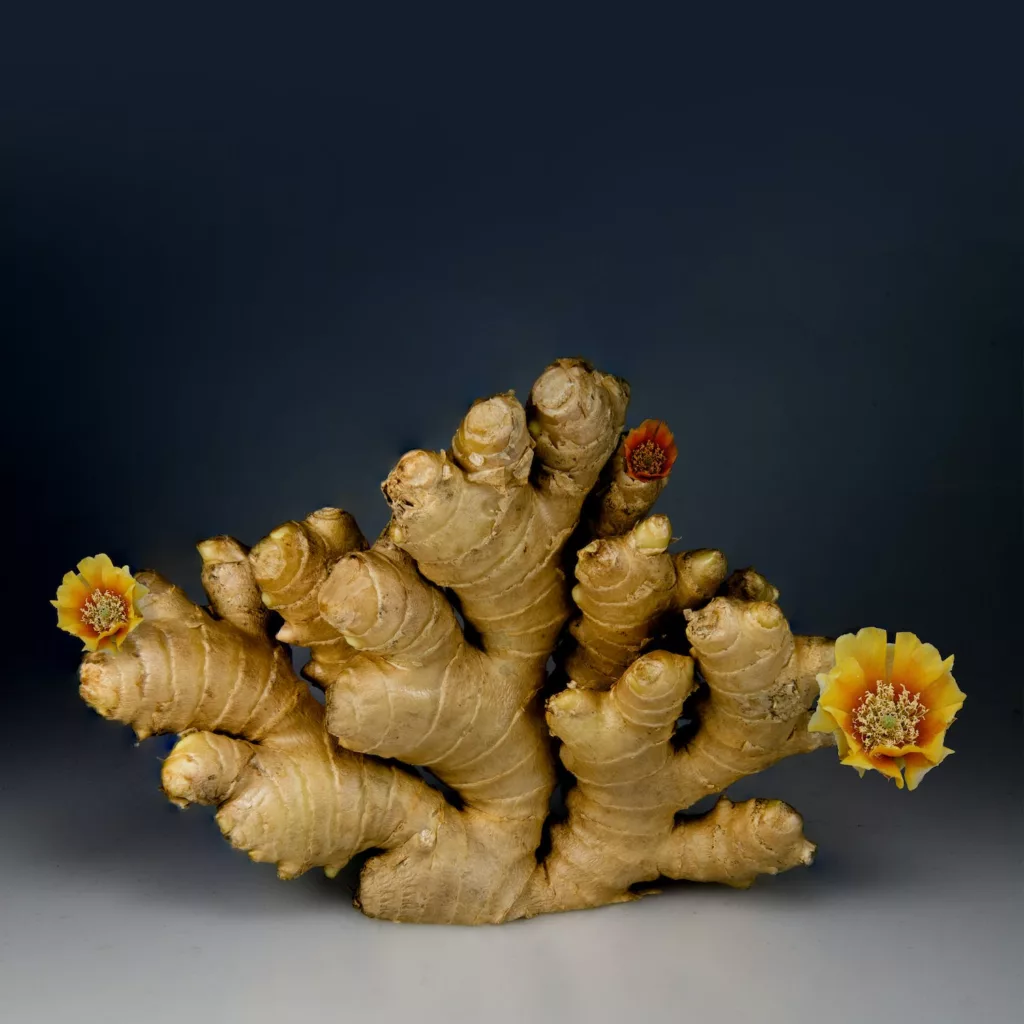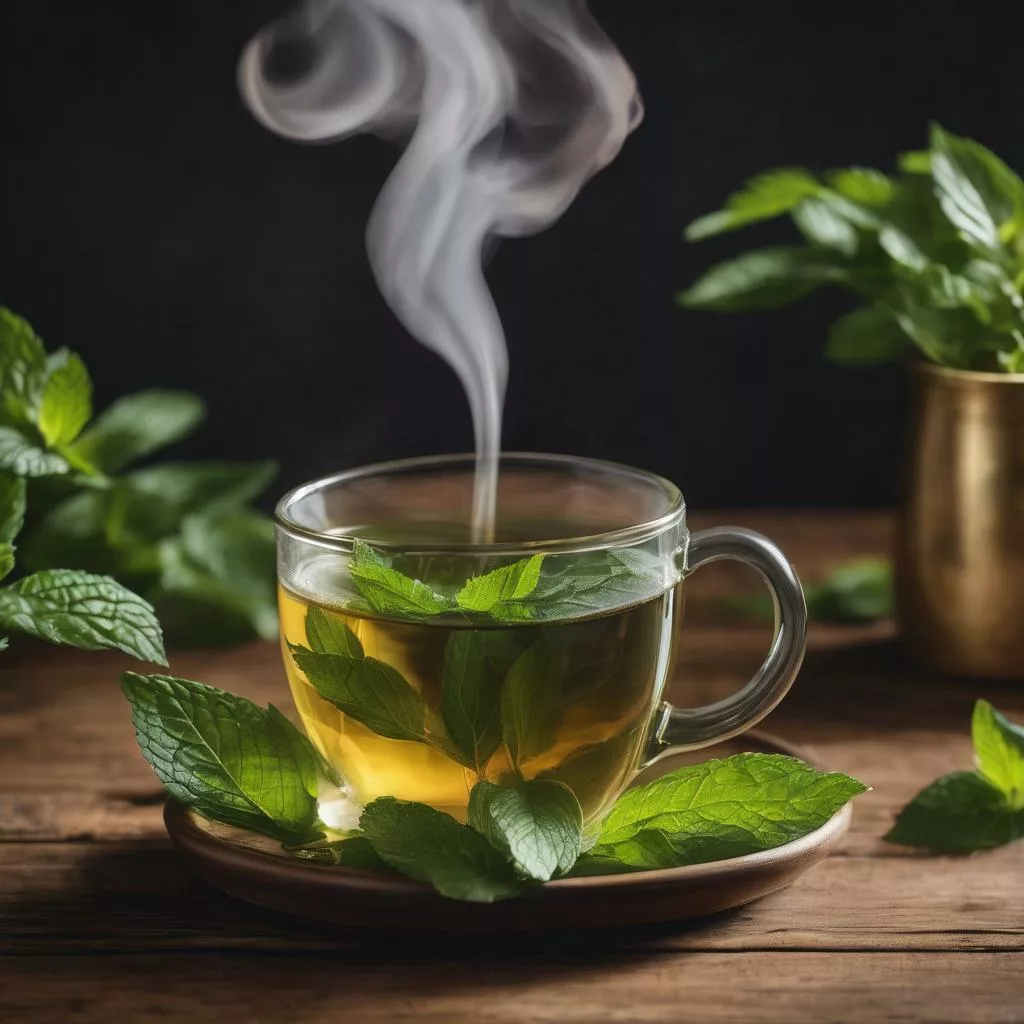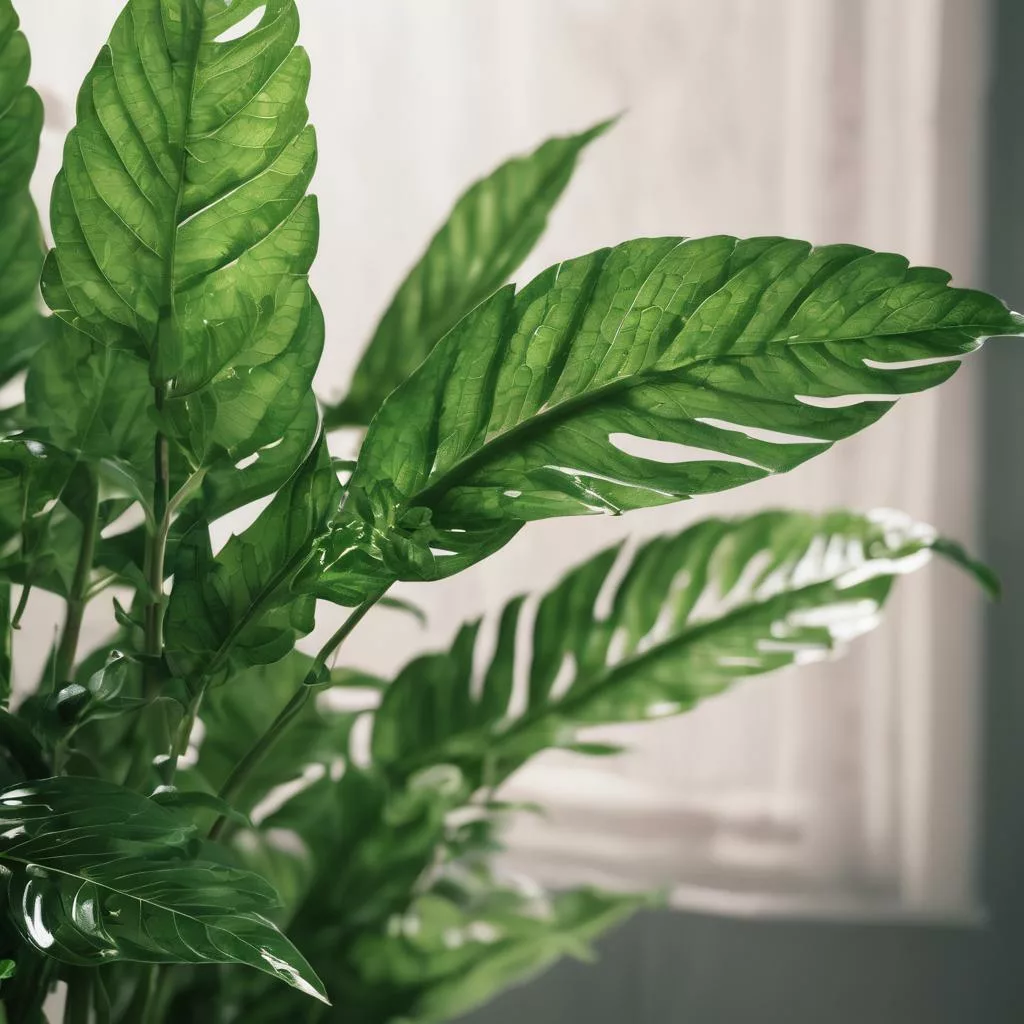
Introduction
Ginger, derived from the Zingiber officinale plant, is not only a popular spice but also a highly valued medicinal herb. Its distinctive flavor and numerous health benefits have made it a staple in cuisines and traditional medicines across the world. In this article, we will explore the origins of ginger, its health benefits, culinary uses, medicinal properties, bioactive compounds, and even its commercial applications. So, let’s dive into the fascinating world of ginger!
You will love what you see with crystallized ginger benefits.
What is ginger, and where does it come from?
Ginger is a flowering plant that belongs to the Zingiberaceae family and is native to Southeast Asia. It is widely cultivated in tropical and subtropical regions across the globe, including India, China, Jamaica, and Nigeria. The ginger plant features slender, reed-like stems and elongated, knobby rhizomes, which are the parts commonly used for various purposes.
What are the health benefits of ginger?
Ginger is renowned for its remarkable health benefits. Its bioactive compounds, such as gingerol, shogaol, and zingerone, contribute to its medicinal properties. Regular consumption of ginger has been associated with several positive effects, including:
- Alleviating digestive issues like nausea, indigestion, and bloating
- Reducing inflammation and relieving pain, potentially aiding in arthritis management.
- Boosting the immune system and helping prevent infections.
- Improving blood circulation and promoting cardiovascular health
- Supporting healthy brain function and reducing the risk of cognitive decline.
Scientific studies:
1. Masood Sadiq Butt & M. Tauseef Sultan, Published online: 11 Apr 2011. https://doi.org/10.1080/10408391003624848
How is ginger used in cooking and cuisine?
Ginger is a versatile ingredient that adds a distinctive flavor and aroma to dishes. It is commonly used in various cuisines worldwide. Some popular culinary uses of ginger include:
- Adding grated or minced ginger to stir-fries, curries, and marinades for a zesty kick.
- Infusing ginger in sauces, dressings, and soups for enhanced flavor.
- Incorporating dried or powdered ginger in baked goods, such as gingerbread and cookies.
- Making refreshing ginger-based beverages, including ginger ale and ginger tea.
What are the traditional and alternative medicinal uses of ginger?
Ginger has a rich history of traditional and alternative medicinal uses. Across different cultures, it has been utilized to address a range of health conditions, including:
- Relieving digestive discomfort, including nausea, motion sickness, and morning sickness during pregnancy.
- Easing menstrual cramps and reducing pain associated with menstruation.
- Alleviating coughs, colds, and respiratory issues.
- Supporting joint health and reducing inflammation in conditions like osteoarthritis and rheumatoid arthritis.
What are the bioactive compounds found in ginger?
Ginger owes its medicinal properties to the presence of various bioactive compounds. The primary bioactive constituents include gingerol, shogaol, zingerone, and paradols. These compounds exhibit antioxidant, anti-inflammatory, and antimicrobial properties, contributing to the health benefits of ginger.
Is ginger effective in treating nausea?
Yes, ginger has been widely recognized for its anti-nausea properties. Numerous studies have demonstrated its efficacy in reducing nausea and vomiting caused by motion sickness, pregnancy, and chemotherapy. Consuming ginger in various forms, such as ginger tea or ginger candies, may help alleviate nausea and promote a sense of calm.
Can ginger help with arthritis pain?

Ginger’s anti-inflammatory properties have shown promise in managing arthritis pain.
Studies have suggested that ginger extract can reduce joint pain and stiffness, potentially providing relief for individuals with osteoarthritis or rheumatoid arthritis. However, it is always advisable to consult a qualified healthcare professional for personalized advice and treatment options.
How do I make ginger tea?
Ginger tea is a delightful and soothing beverage that can be easily prepared at home. Here’s a simple recipe to make ginger tea:
Ingredients:
- 1-2 inches fresh ginger root
- 2 cups water
- Honey or lemon (optional, for flavor)
Instructions:
- Peel the ginger root and thinly slice it.
- Bring the water to a boil in a saucepan.
- Add the sliced ginger to the boiling water.
- Reduce the heat and let it simmer for about 10 minutes.
- Remove the saucepan from heat and strain the tea into a cup.
- If desired, add honey or a squeeze of lemon for added flavor.
- Enjoy the warm and comforting ginger tea.
Are there any home remedies with ginger for common ailments?
Indeed, ginger can be utilized in various home remedies for common ailments. Here are a few examples:
- Sore throat relief: Prepare a ginger gargle by mixing freshly grated ginger with warm water and a pinch of salt. Gargle with this mixture several times a day to soothe a sore throat.
- Digestive aid: Chew on a small piece of fresh ginger or drink ginger tea to ease indigestion, bloating, or stomach discomfort.
- Cold and flu remedy: Prepare a ginger-infused honey by steeping sliced ginger in a jar of honey for a few days. Take a teaspoon of this mixture to soothe coughs and relieve cold symptoms.
- Headache relief: Apply a ginger paste (made by grinding fresh ginger into a paste) to your forehead to help alleviate headaches.
How can I grow ginger at home?
Growing ginger at home can be a rewarding experience. Follow these steps to grow ginger indoors:
- Obtain a fresh ginger rhizome from a nursery or grocery store.
- Fill a pot with well-draining, rich potting soil.
- Bury the ginger rhizome about 2-4 inches deep with the buds facing up.
- Place the pot in a warm and humid location, away from direct sunlight.
- Water the ginger regularly, keeping the soil moist but not waterlogged.
- Ginger requires about 8-10 months to mature. During this time, ensure it receives adequate water and occasional fertilization.
- Once the ginger plant matures, you can harvest the rhizomes as needed by carefully digging them up from the soil.
What are the ideal growing conditions for ginger plants?
Ginger plants thrive in warm and humid environments. Here are the ideal conditions for growing ginger:
- Temperature: Ginger prefers temperatures between 75°F and 85°F (24°C and 29°C).
- Sunlight: While ginger prefers partial shade, it still needs some indirect sunlight. Avoid placing it in direct sunlight, as it can scorch the leaves.
- Soil: Use well-draining soil with good organic matter content. The pH level should be slightly acidic to neutral (around 6.0-6.5).
- Watering: Keep the soil consistently moist, but avoid waterlogging. Ensure proper drainage to prevent root rot.
- Humidity: Ginger plants appreciate high humidity levels. Consider using a humidifier or misting the leaves regularly.
When and how do I harvest ginger rhizomes?
Ginger rhizomes are typically ready for harvest when the leaves turn yellow and begin to wither. This usually occurs about 8-10 months after planting. To harvest ginger:
- Carefully dig around the base of the plant to expose the rhizomes.
- Gently lift the rhizomes from the soil, taking care
to avoid damaging them. 3. Rinse the harvested rhizomes with water and allow them to dry for a few days.
- Store the ginger rhizomes in a cool and dry place for future use.
What are the commercial and industrial uses of ginger?
Ginger has a wide range of commercial and industrial uses, including:
- Food industry: Ginger is used as a flavoring agent in many dishes, such as curries, stir-fries, and baked goods.
- Beverage industry: Ginger is used to make ginger ale, ginger beer, and other ginger-flavored beverages.
- Cosmetics industry: Ginger is used in skin and hair care products due to its anti-inflammatory and antioxidant properties.
- Pharmaceutical industry: Ginger is used to formulate various drugs and supplements, such as anti-nausea medications and dietary supplements.
Is ginger used in cosmetics or perfumes?
Yes, ginger is used in cosmetics and perfumes. The anti-inflammatory and antioxidant properties of ginger make it a popular ingredient in skin and hair care products. Ginger essential oil, derived from the ginger root, is often used in perfumes and aromatherapy products.
Are there any potential side effects or precautions when consuming ginger?
While ginger is generally considered safe when consumed in moderate amounts, it may cause side effects in some individuals. These include:
- Heartburn or acid reflux
- Upset stomach
- Diarrhea
- Skin rash or irritation
Individuals taking blood-thinning medications or undergoing surgery should avoid consuming large amounts of ginger, as it may increase bleeding risk. It’s always best to consult with a healthcare professional before incorporating ginger into your diet or health regimen.
Conclusion
Ginger is a versatile and flavorful root that has been used for centuries in cooking, traditional medicine, and modern science. With its numerous health benefits and culinary uses, ginger is a great addition to any diet. Whether consumed fresh, dried, or as a supplement, ginger is a valuable tool in promoting wellness and vitality.
Discover the health benefits, culinary uses, and traditional medicinal uses of ginger in this comprehensive article. Learn how to make ginger tea, grow ginger at home, and use ginger for common ailments. Find out about the commercial and industrial uses of ginger, as well as potential side effects and precautions.


